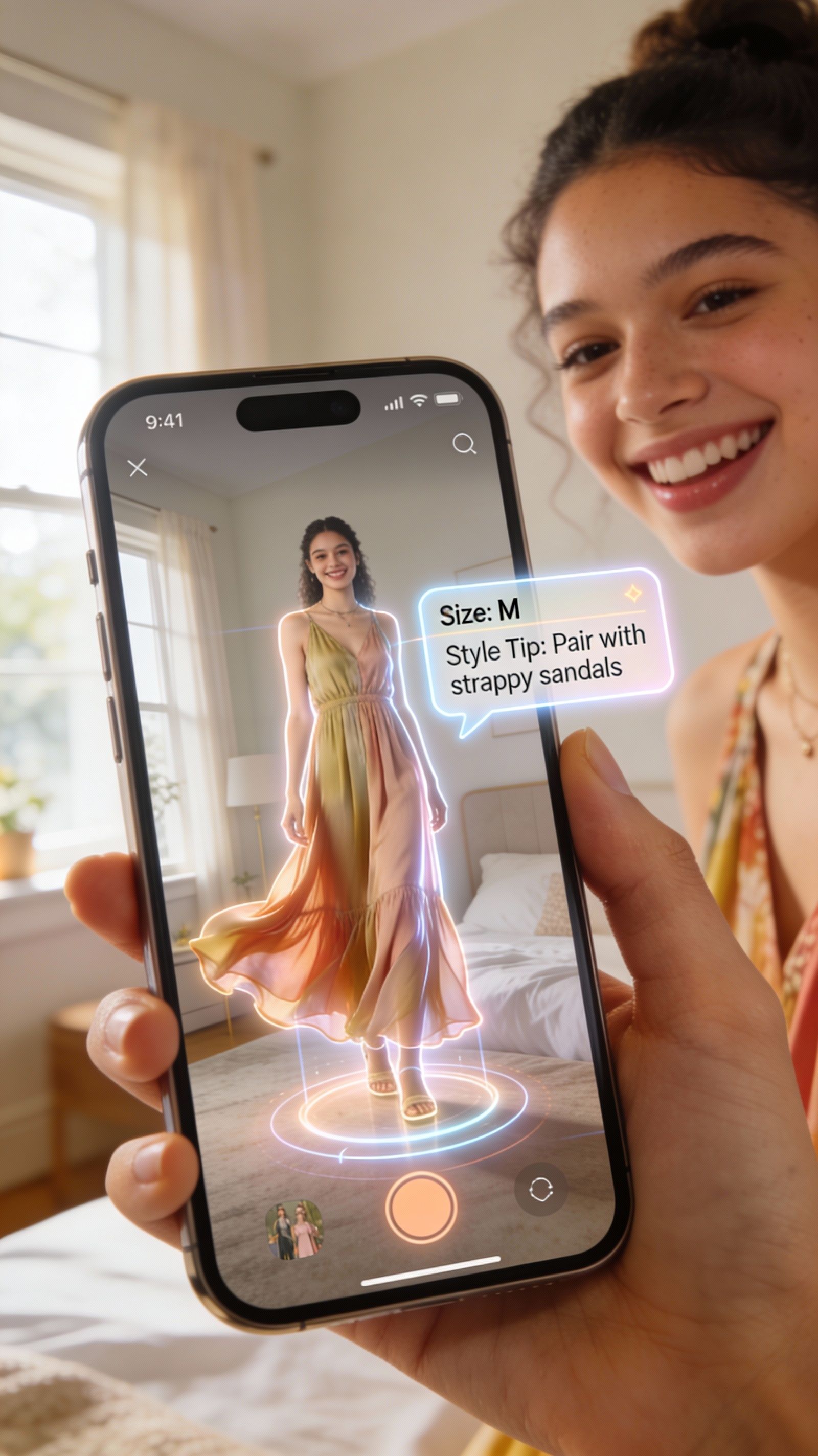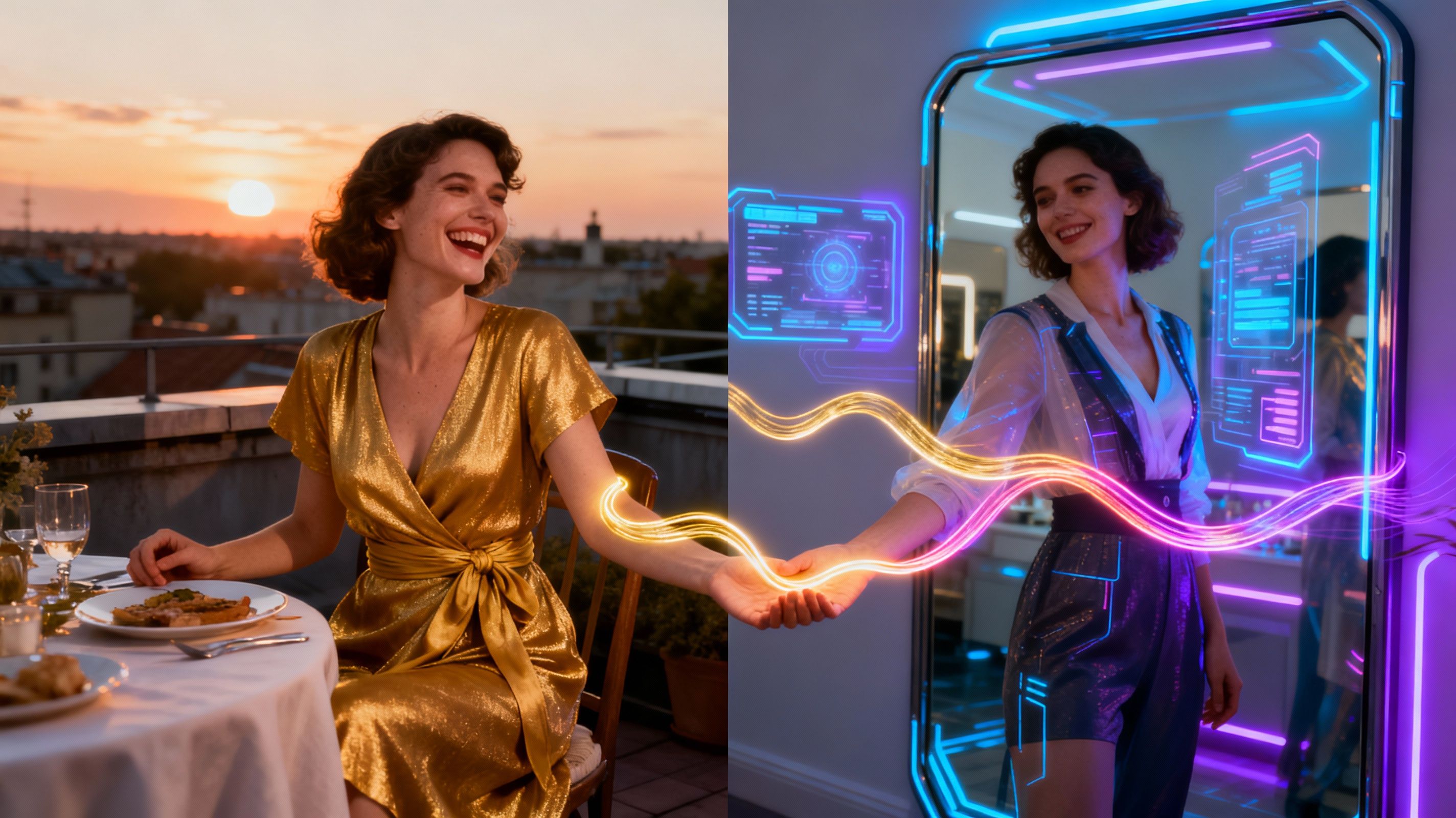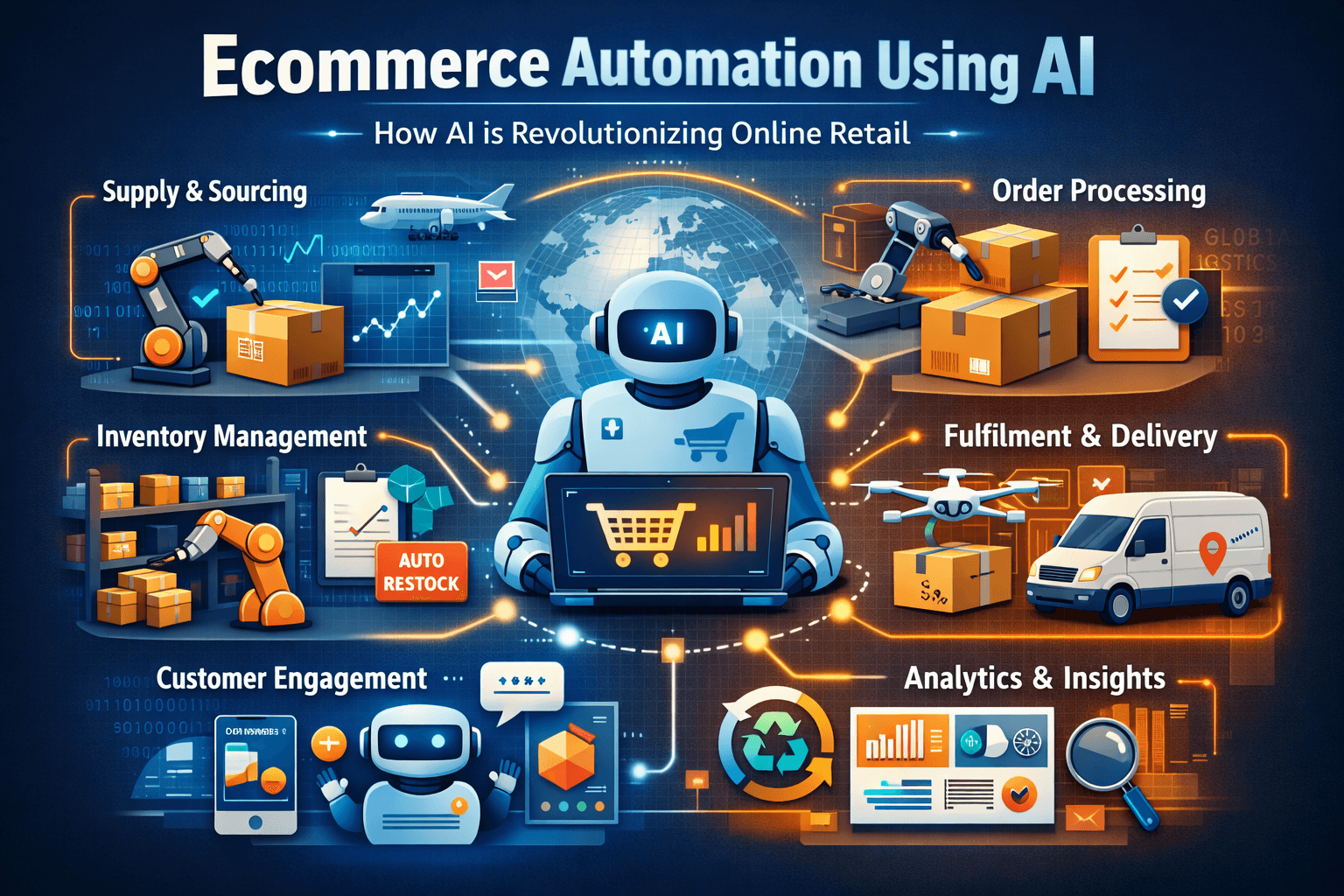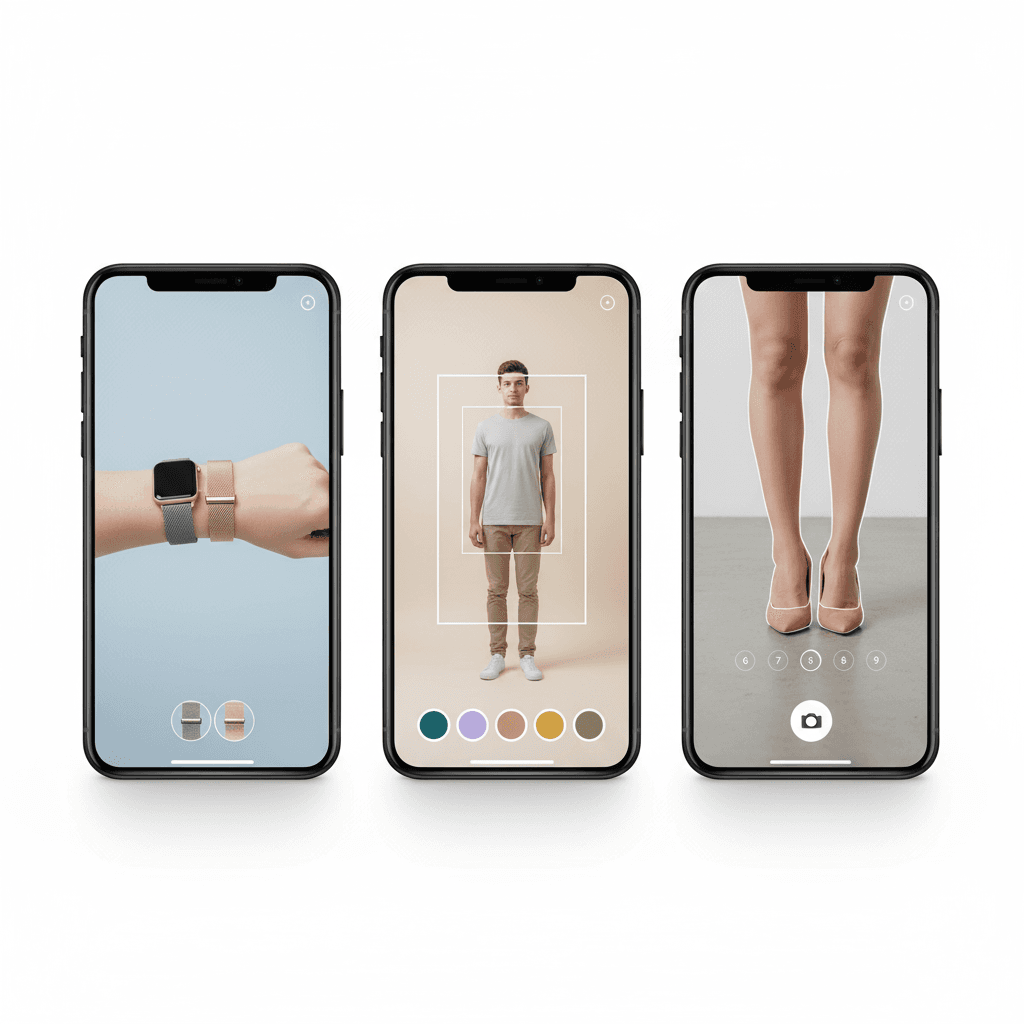How Augmented Reality Retail Shopping Is Changing Fashion?
The Next Big Thing: How AI is Shaping Fashion Trends


Would you let AI choose your next outfit? Welcome to the new era of fashion, where algorithms are your newest stylists. Artificial intelligence is revolutionizing how we shop, wear, and experience fashion—faster, smarter, and more personally than ever before. Platforms like Glance are pioneering AI-powered shopping and virtual try-ons that help users discover fashion trends in real-time, directly from their lock screens or mobile feeds.
Rise of AI Shopping

Artificial Intelligence entered the fashion scene quietly. Initially used for managing inventory or chatbots, it has now become integral to everything from design to delivery. Fashion brands are investing in AI-powered tools that allow them to analyze customer preferences, identify emerging trends, and automate logistics.
Big names like Zara, H&M, and Nike use AI to speed up their supply chains, reduce returns, and increase customer satisfaction. From fast fashion to luxury labels, AI is helping brands make smarter decisions and stay ahead of the curve.
Inside the AI Shopping Experience
Your shopping feed now understands you. From analyzing your clicks and wishlists to picking up on preferences like color, fit, and occasion, AI ensures that every suggestion feels personal.
Virtual dressing rooms, AI stylists, and hyper-personalized content feeds help create a tailor-made shopping experience. Glance, for instance, delivers curated product suggestions on mobile lock screens, showing you the styles that align with your unique fashion sense—without you having to look for them.
Benefits of AI in Retail & Fashion
The benefits of AI in retail go far beyond just convenience. Here’s how AI is revolutionizing the industry:
1. Personalized Shopping Journeys
AI tailors product recommendations, making shopping feel intuitive and relevant.
2. Reduced Return Rates
Smart sizing tools and virtual try-ons decrease the chances of buying ill-fitting products, leading to fewer returns.
3. Inventory Efficiency
AI-driven demand forecasting allows brands to stock what sells and reduce wastage.
4. Better Customer Engagement
With AI, brands can maintain meaningful, ongoing conversations with customers through intelligent bots and recommendation engines.
5. Real-Time Styling Advice
AI apps suggest outfits in real time based on what’s trending or your past behavior—like having a virtual stylist in your pocket.
How AI Is Used in Online Shopping Today
So, how exactly is AI transforming the online fashion experience? Let’s break it down:
a. Visual Search
Users can upload a photo of an outfit or accessory they like, and AI finds similar items in-store. Pinterest Lens and ASOS Style Match are good examples.
b. Natural Language Processing (NLP)
AI understands user queries typed in everyday language. You can now type "yellow boho dress under $50" and get precise results.
c. Chatbots and Virtual Assistants
AI-powered chatbots resolve queries, suggest items, and even help you complete purchases, improving customer service 24/7.
d. Inventory Management
AI predicts product demand, reducing overproduction and markdown losses. This is a game-changer for fashion brands.
e. Smart Styling Tools
Apps like Stitch Fix use AI stylists to suggest outfit combinations based on your body type, taste, and even local weather.
These applications show how AI is used in online shopping to provide frictionless, predictive, and interactive customer experiences.
Predicting & Influencing Fashion Trends Using AI
Fashion forecasting once relied on runway shows and trend reports. Now, AI scans millions of data points—social media trends, search engine queries, fashion blogs, purchase histories—to predict what styles will be hot next season.
For example:
- Instagram and TikTok trends inform real-time inventory decisions
- Search patterns like “cargo pants men” help brands pivot quickly
- Retail AI dashboards track shifts in color, fabric, and silhouette demand
Startups like Edited and Heuritech specialize in AI-based trend forecasting, helping brands make data-backed decisions rather than gut calls.
Smart Supply Chains
Behind every great outfit is a smart supply chain.
AI helps:
- Optimize inventory based on sales forecasts
- Automate production workflows
- Enable made-to-order manufacturing to prevent overstock
This intelligent backend makes fashion more agile and eco-friendly.
In-Store AI Tools
AI isn’t limited to e-commerce. In physical stores, it’s creating high-tech experiences:
- Smart mirrors that suggest entire looks
- Voice-activated assistants that help customers locate items
- Layouts optimized using footfall analytics
The result? A seamless transition between physical and digital shopping journeys.
Fighting Fashion Fakes
The fashion world loses billions to counterfeits, but AI is stepping in to help:
- Image recognition tools detect duplicates
- Blockchain tech confirms product authenticity
- Material analysis identifies substandard items
These tools are especially valuable to luxury and resale brands.
Visual Commerce Power
Visual commerce, powered by AI, allows users to upload a picture of an outfit they like—be it from Instagram, a celebrity look, or a passerby—and receive similar options instantly. Platforms like Glance use this capability to deliver fast, personalized fashion discovery.
Future Fashion Forecast
AI is set to go even further:
Imagine digital wardrobes filled with AI-curated outfits, virtual avatars modeling styles, or smart fabrics that react to your body temperature and the weather.
Shortly, we’ll see:
- AI-designed runways
- Custom clothing based on biometric feedback
- Real-time personalization via selfies and user data
This future blends tech with artistry and sustainability.
AI-Powered Brands: A Comparison
Brand | AI Feature | Impact |
| Zara | Demand forecasting, stock control | Minimizes overproduction, matches supply with demand |
| Nike | AI-based personalization, app-based styling | Enhances user engagement and product satisfaction |
| H&M | AI in sustainable design and recycling | Promotes ethical fashion through smarter production |
| Amazon Fashion | Visual search and size recommendations | Simplifies discovery and reduces returns |
| Stitch Fix | AI-based stylist and outfit curation | Offers personalized subscription boxes |
| The Yes | Style quiz and machine learning suggestions | Creates individualized fashion feeds |
| Glance | Lock screen fashion feeds powered by AI | Instant trend discovery in everyday moments |
| Farfetch | AI-assisted luxury shopping experience | Bridges global inventory with customer preferences |
| Net-a-Porter | AI-powered trend forecasting | Curates luxury fashion with data-backed insights |
Conclusion
AI isn’t just changing fashion—it’s becoming fashion’s new stylist. From product design to purchase decisions, AI now informs every touchpoint of the fashion journey.
With platforms like Glance, fashion discovery becomes effortless, personalized, and always ahead of the curve. Whether predicting trends or recommending your next favorite look, AI is turning style into a smart science.
As we move into the next phase of fashion evolution, AI will continue solving industry challenges—like overproduction, supply chain inefficiencies, and generic personalization—while enabling deeper creativity and smarter decisions. The future of fashion isn’t just stylish; it’s intelligently curated.
FAQs
What is the future of AI in the fashion industry?
AI is shaping the future of fashion with hyper-personalized shopping, trend forecasting, and custom design creation. It streamlines inventory, enhances customer experiences, and drives sustainability by reducing waste. By making fashion smarter, faster, and tailored to individual style, AI is transforming how we design, shop, and consume fashion.
What is the next big thing in AI?
The next big thing in AI is the convergence of innovations, such as agentic and multimodal systems, making AI more autonomous, versatile, and deeply integrated into daily life and business. From hyper-personalized shopping to creative design and scientific discovery, these advances are set to transform how we work, shop, and innovate.
What is the AI that predicts fashion trends?
AI that predicts fashion trends, often called trend forecasting engines, analyzes social media, e-commerce data, influencer content, and past styles to identify emerging patterns. Platforms like Heuritech and Stylumia use computer vision and machine learning to forecast colors, prints, and silhouettes, helping brands stay ahead, reduce overstock, and meet consumer demand efficiently.
How AI is shaping our future?
AI is making everyday experiences smarter, from how we shop and learn to how we work and create. In fashion, it means more personalized, efficient, and sustainable style journeys.






